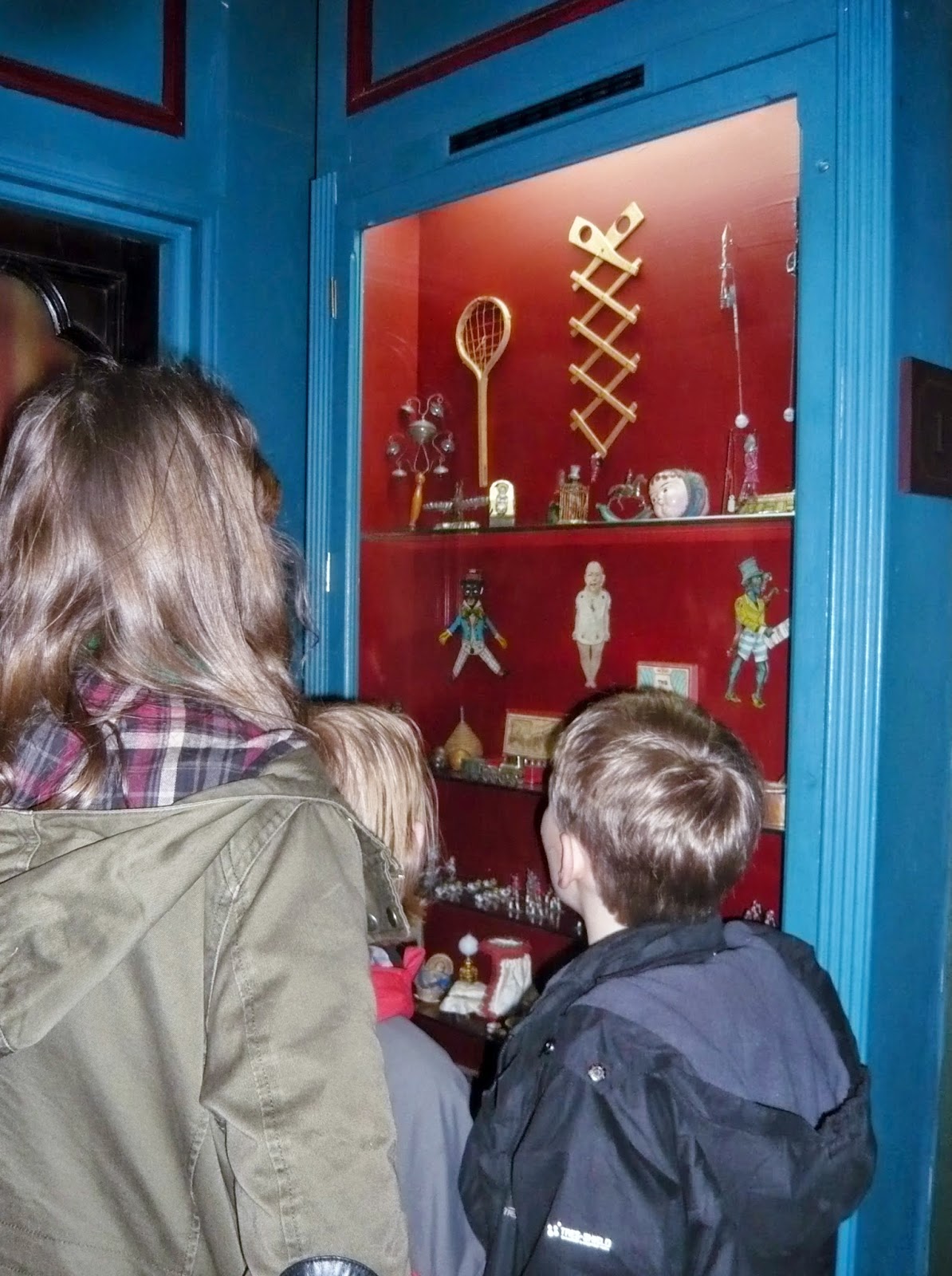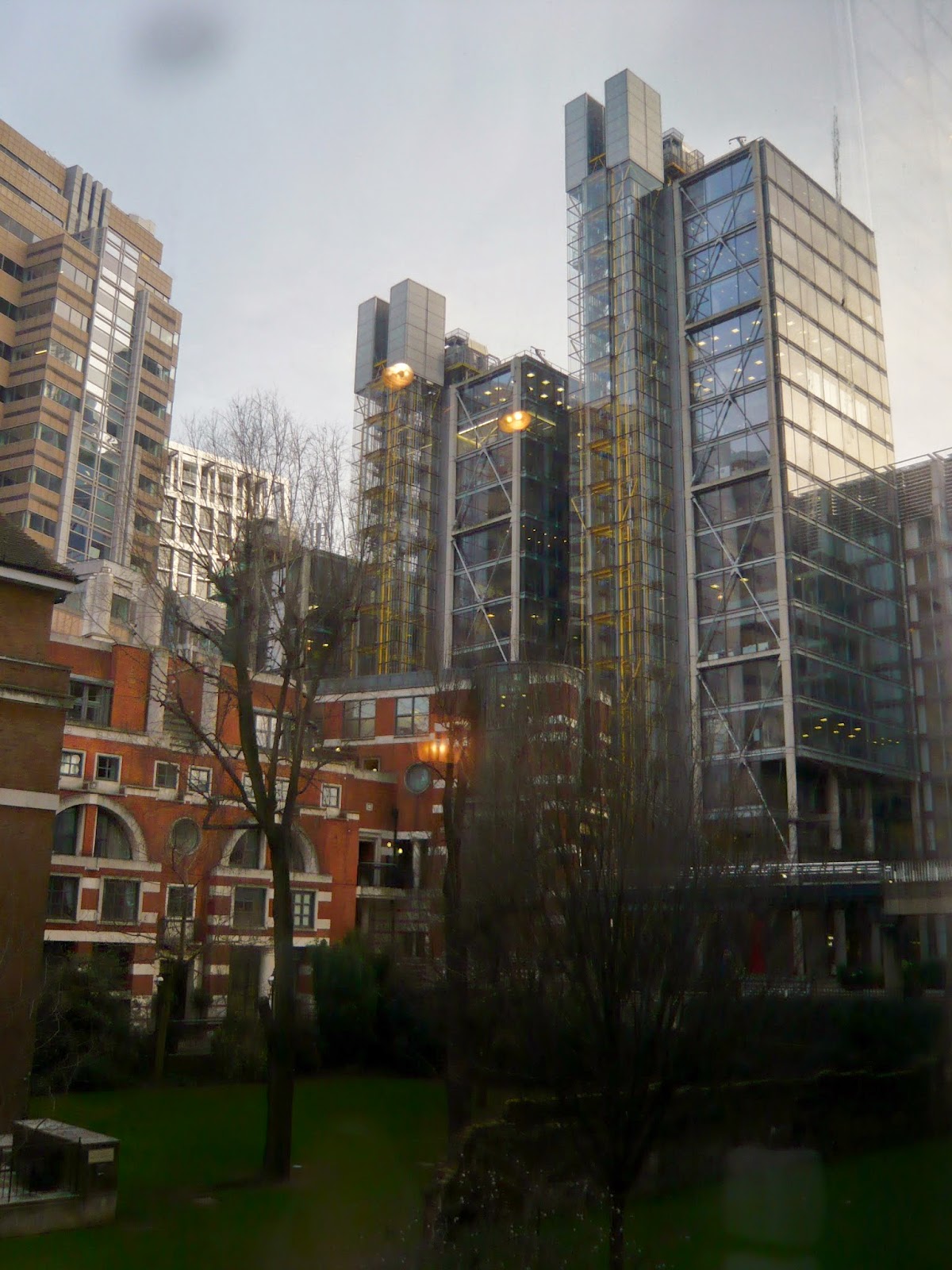That time of the year, between Christmas and new year,
when you have family over and far too many kids in the house,
weather permitting, you all head out for a walk.
To Greenwich Park,
then too my surprise (and delight) they suggest heading into the National Maritime Museum
at the bottom of the hill just to the left in the picture.
The teenagers go off by themselves,
The Great Map, in the middle of the National Maritime Museum
provides a space to explore the museum's collections from all around the world
using touch screen tablets.
The museum provides them for free, so when there was one available
my nephew named his ship.
Introducing the 'Puffle-Treader',
Club Penguin meets C.S. Lewis.
We went off exploring the world.
I have to say that I didn't quite work out what was happening, he was to fast,
using it was second nature to him.
Without one of the National Maritime Museum's tablets
you can still interact with The Great Map.
On (paper) cards the museum suggests five games you can play,
one being a version of 'Hunt the Thimble',
getting 'warmer' or 'colder' as you hunt for a point on the map
chosen by a member of your party.
I chose the game suggested using your smart phone,
taking photos of places around the world for my nephew to find.
taking photos of places around the world for my nephew to find.
After all that digital exploring,
we took a moment to consider the world and all the possibilities of travel.
Terrestrial and celestial globes, not always accurate.
For more accuracy, these mathematical instruments measure angles, of the sun and stars,
and along with knowing the time,
they help you pinpoint exactly where you are on the earth.
Early GPS, using the sun and stars instead of satellites.
With a promise of a hot chocolate in the park cafe,
we lure the teenagers back up the hill to where the cars are parked.
In the cafe, courtesy of my phone, I continue The Great Map game.
Identify these places?
With the magic of modern technology, you get to play the game too.
Answers:
Italy & Sicily
Labrador Sea in the North Atlantic between Canada and Greenland.
Egypt, Sinai Peninsula.
Lake Victoria
How did you do?
You can read all about The Great Map on the National Maritime Museum website, here.
Entry to the National Maritime Museum and using The Great Map tablets are free.

.JPG)











.JPG)
.JPG)
.JPG)
.JPG)




.JPG)















.JPG)
.JPG)
.JPG)
.JPG)
.JPG)
















